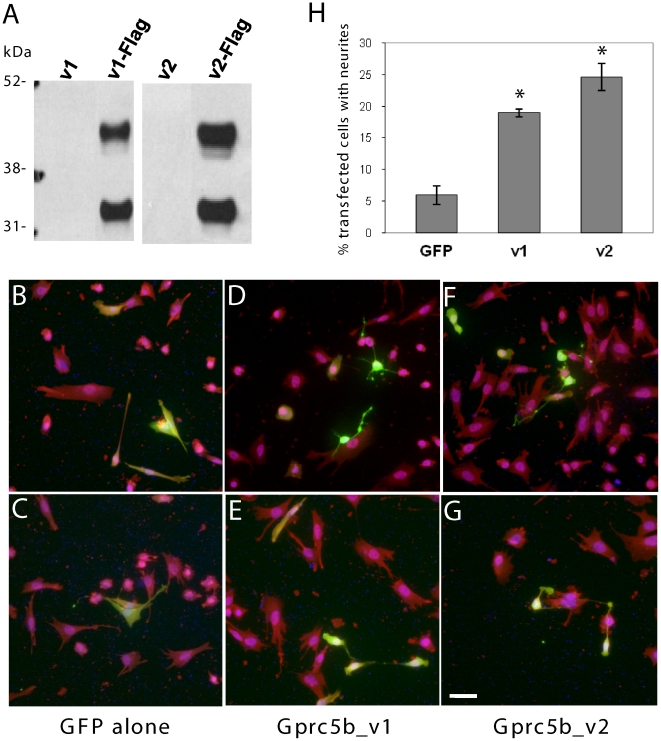Figure 5. Gprc5b splice variants induce neurite-like outgrowth.
A. Expression of Flag-tagged Gprc5b constructs. Human neuroblastoma (SK-N-SH) cells were transiently transfected with untagged or C-terminal flag-tagged Gprc5b_v1 or _v2 cDNA constructs and lysed 24 hours later. Western blotting with monoclonal Flag antibody reveals two protein bands running at ∼45 kD and ∼35 kD. B–G. Representative images of SK-N-SH cells expressing green fluorescent protein (GFP) alone (B, C), or untagged Gprc5b_v1 (D, E) or _v2 (F, G) in addition to GFP. At 24 hours post-transfection, cells were fixed for immunofluorescence analysis. Primary antibodies: GFP (green) and Gap43 (red); Hoescht DNA stain (blue). Images were collected at 20× magnification. Scale bar = 50 micrometers. H. Quantitative analysis of percentages of Gprc5b-transfected cells bearing neurites. SK-N-SH cells were transfected with vector alone, or constructs coding for Gprc5b_v1 or _v2, as shown in B–G. A total of at least 342 GFP-positive cells from three independent transfection experiments per condition were counted and analyzed for the presence of neurite-like processes (which is defined as a process greater than or equal to one cell body in length). X2-test was used to analyze statistical significance (* = p<0.00001). The results show that overexpression of Gprc5b_v1 or _v2 increases the percentage of transfected cells (GFP-positive) bearing neurite-like processes by ∼3-fold or ∼4-fold, respectively, compared to the GFP control.

